The U.S. Department of Energy’s (DOE) Princeton Plasma Physics Laboratory (PPPL) is collaborating with private industry on cutting-edge fusion research aimed at achieving commercial fusion energy. This work, enabled through a public-private DOE grant program, supports efforts to develop high-performance…
Month: December 2020
Maritime Strategy and Naval Innovation
Technology, Bureaucracy, and the Problem of Change in the Age of Competition
Anti-transpirant products unnecessary in cycad propagation
In a first-of-its-kind study within cycad horticulture literature, University of Guam researchers have found that the use of anti-transpirants neither help nor hinder successful propagation of cycad stem cuttings. The Guam-based study, published Oct. 22 in the journal Tropical Conservation…
Two University of Tennessee leaders honored by Association of Public and Land-grant Universities
UTIA’s Neal Schrick and Hongwei Xin recognized as FSLI Fellows
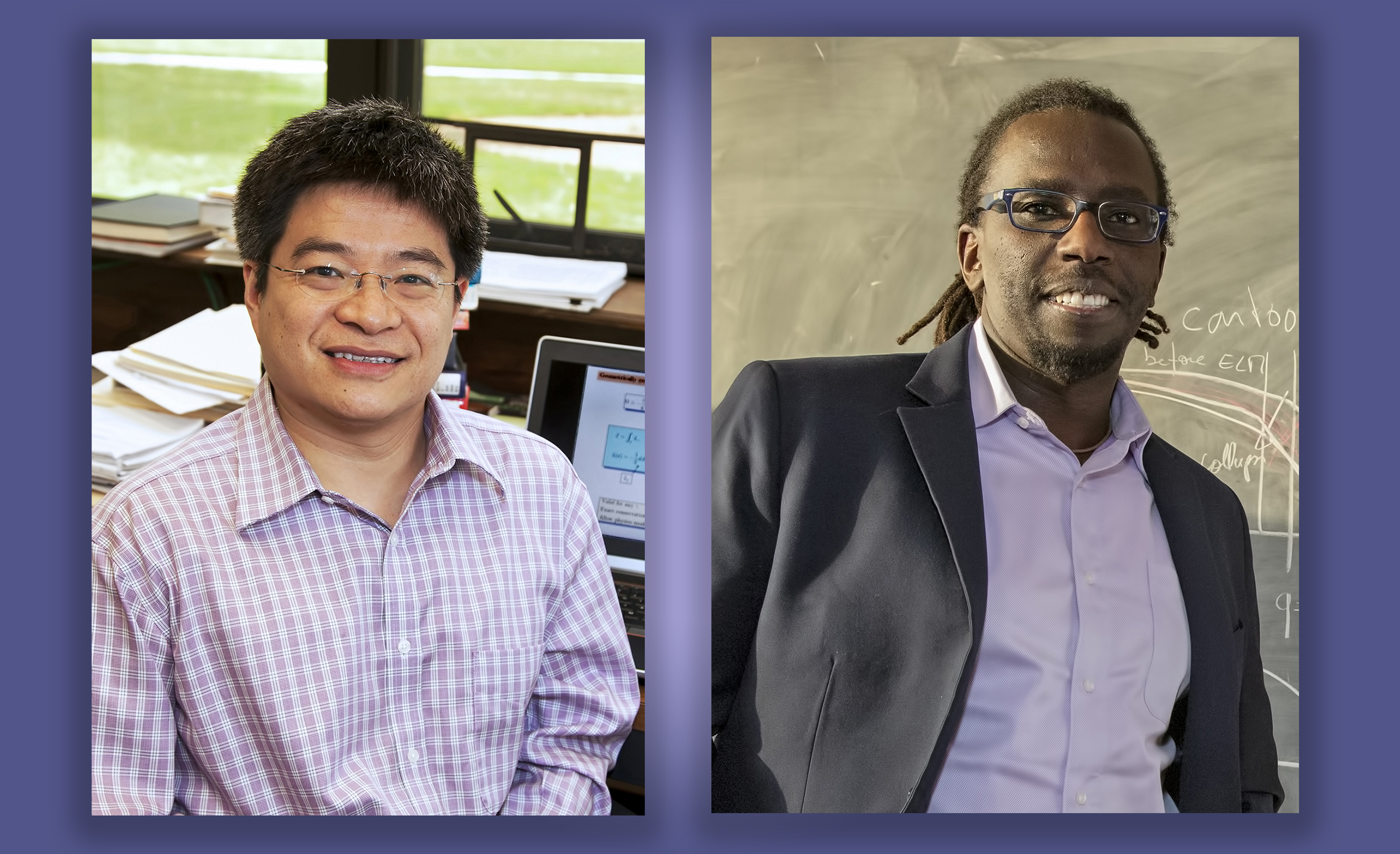
Physicists Hong Qin and Ahmed Diallo recognized for outstanding research at PPPL
Theoretical and experimental physicists receive PPPL awards for standout research in 2020.
Olive Leaf Extract Inhibits Breast and Ovarian Cancer Cell Growth and Cell Cycle Progression, Increasing Apoptosis of Tumor Cells
Breast and ovarian cancer are two of the deadliest malignancies among women worldwide.
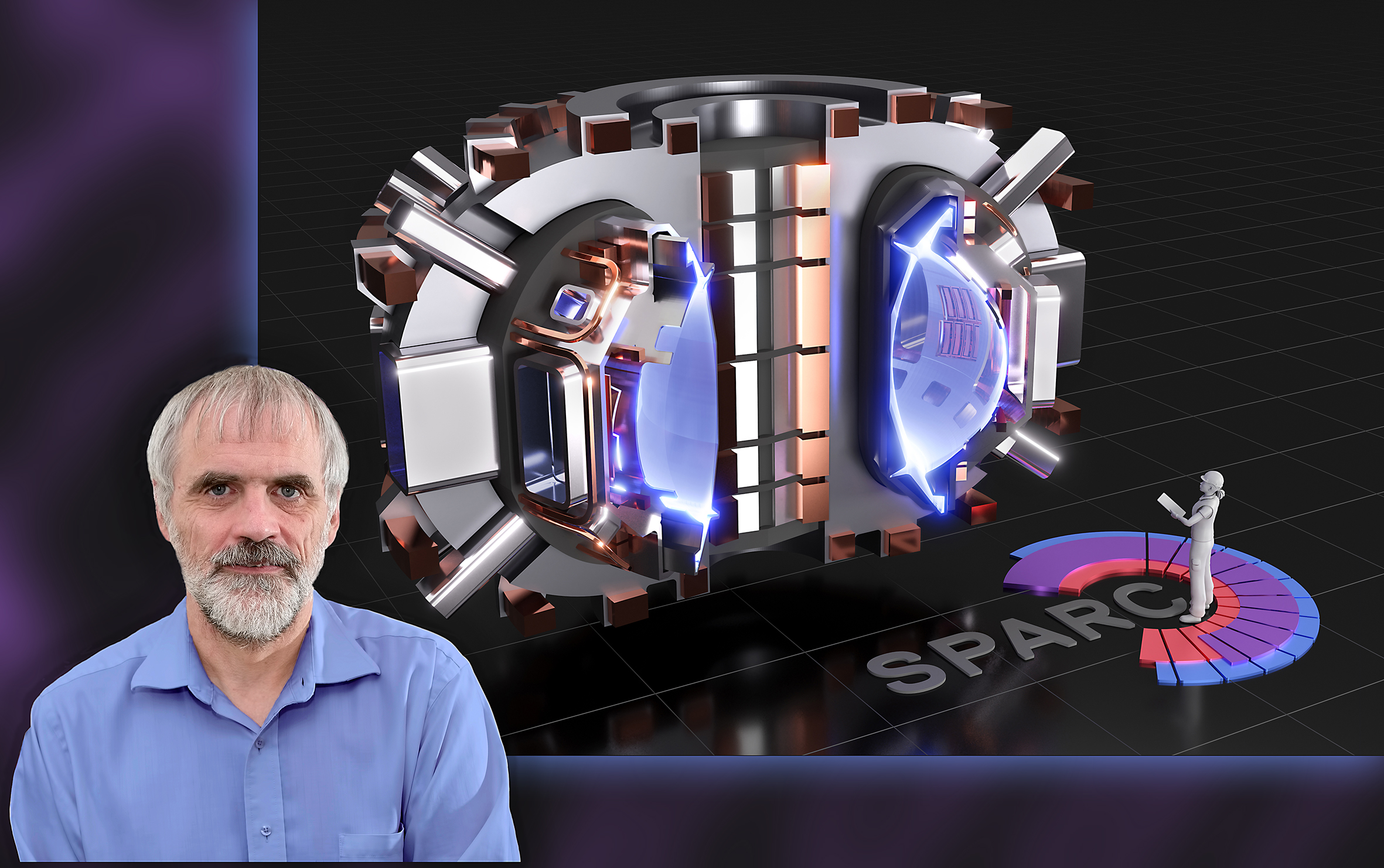
Scientists collaborate on public-private partnership to facilitate the development of commercial fusion energy
Article describes PPPL work in coordination with MIT’s Plasma Science and Fusion Center and Commonwealth Fusion Systems, a start-up spun out of MIT that is developing a unique tokamak fusion device called “SPARC.”
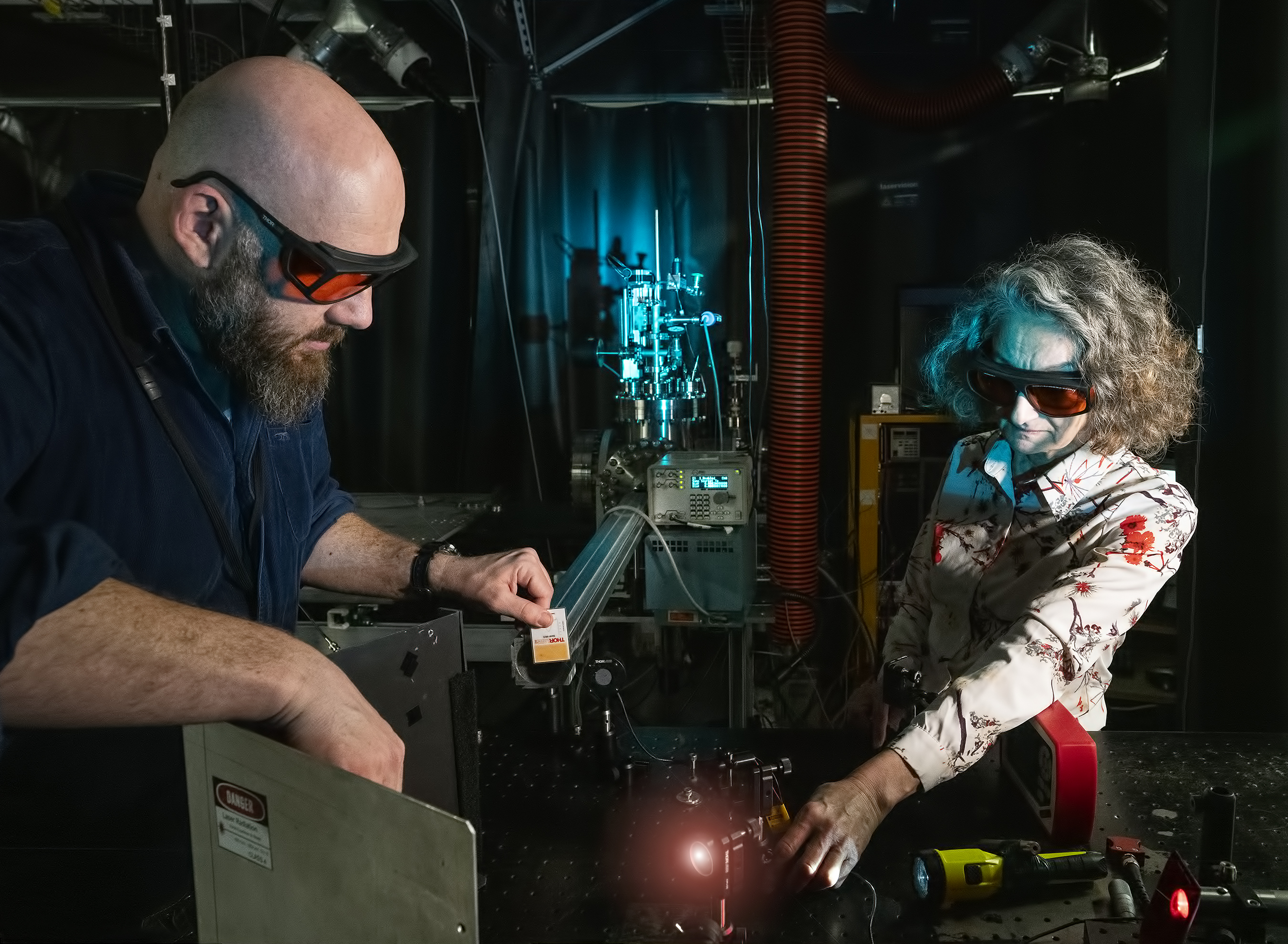
New national facility at PPPL and Princeton University explores low temperature plasma for innovative uses
New Princeton Princeton Collaborative Low Temperature Plasma Research Facility at PPPL provides access to world-class diagnostics, computational tools, and expertise in plasma physics for characterizing low temperature plasmas (LTP) — a rapidly expanding source of innovation in fields ranging from electronics to health care to space exploration.
Imaging the twilight zone
What happens in the brain when our conscious awareness fades during general anesthesia and normal sleep?
Kasm Technologies Announces Kasm Server Release 1.8
Kasm Technologies, a software provider of VDI and Browser Isolation products, has released Kasm Server 1.8. Kasm Technologies container orchestration technology provides an isolated workspace for secure remote access to applications and web services.
Parents Want More Bullying Prevention in Schools
Chicago parents continue to voice predominant concern about bullying and are turning most often to their children’s schools for help, according to new survey results from Ann & Robert H. Lurie Children’s Hospital of Chicago.

UCLA scientists develop high-throughput mitochondria transfer device
Scientists from the UCLA Jonsson Comprehensive Cancer Center have developed a simple, high-throughput method for transferring isolated mitochondria and their associated mitochondrial DNA into mammalian cells. This approach enables researchers to tailor a key genetic component of cells, to study and potentially treat debilitating diseases such as cancer, diabetes and metabolic disorders.

Story Tips from Johns Hopkins Experts on Covid-19
Coronavirus vaccines are rolling out across the country, so, what does that mean for the outlook of the pandemic?
No Evidence Pets Play a Role in Spread of COVID to Humans
The emergence of Severe Acute Respiratory Syndrome (SARS) in 2003 and Middle East Respiratory Syndrome (MERS) in 2012, caused by SARS-CoVand MERS-CoV, respectively, demonstrated the zoonotic potential of coronaviruses.

New research makes strong case for restoring Hong Kong’s lost oyster reefs
New research produced jointly by The Swire Institute of Marine Science (SWIMS), Faculty of Science, The University of Hong Kong (HKU), and The Nature Conservancy (TNC), published recently in the scientific journal Restoration Ecology, shows the enormous potential of restoring lost oyster reefs, bringing significant environmental benefits.
An explanation for the lack of blood oxygenation detected in many COVID-19 patients
One of the physiopathological characteristics of COVID-19 that has most baffled the scientific and medical community is what is known as “silent hypoxemia” or “happy hypoxia”.
Significant Disparities in Telemedicine Use, Especially Among Older and Non-White Patients
Older people as well as minorities, non-English speakers and those with lower incomes face inequities in accessing telemedicine care amid COVID-19
Online Training is New Top Fitness Trend for 2021 according to ACSM Annual Forecast
ACSM’s annual fitness trend forecast, now in its 15th year, predicts what you’ll see in fitness in the next year and helps the health and fitness industry make critical programming and business decisions that ultimately affect consumers.
Assessment of neutrophil extracellular traps in coronary thrombus of case series of patients with COVID-19
What The Study Did: Severe COVID-19 is characterized by the intense formation of neutrophil extracellular traps (NETs), leading to the blockage of microvessels, as shown in pulmonary samples. The occurrence of ST-elevated myocardial infarction (STEMI) is a serious cardiac manifestation…
Order and disorder in crystalline ice explained
A new theoretical model enlightens the structure and the electrical properties of pure and doped ice
Scientists turned toxic pesticide into treatment against antibiotic-resistant bacteria
Russian scientists from Kaliningrad and St. Petersburg have synthesized nitrogen-containing cyclic compounds that differ only in the relative position of side substituents.
A single gene ‘invented’ haemoglobin several times
Thanks to the marine worm Platynereis dumerilii, an animal whose genes have evolved very slowly, scientists from CNRS, Université de Paris and Sorbonne Université, in association with others at the University of Saint Petersburg and the University of Rio de…
The puzzle of nonhost resistance: why do pathogens harm some plants but not others?
People have puzzled for years why pathogen Phytophthora infestens causes the devastating late blight disease, source of the Irish Potato famine, on potatoes, but has no effect at all on plants like apple or cucumber. How are apple trees and…
Flag leaves could help top off photosynthetic performance in rice
The flag leaf is the last to emerge, indicating the transition from crop growth to grain production. Photosynthesis in this leaf provides the majority of the carbohydrates needed for grain filling–so it is the most important leaf for yield potential.…
Protein twist and squeeze confers cancer drug resistance
iCeMS scientists have revealed how a transporter protein twists and squeezes compounds out of cells, including chemotherapy drugs from some cancer cells
Imaging of ballistic wounds, bullet composition and implications for MRI safety
Since patients with ballistic embedded fragments are frequently denied MRI, due to indeterminate bullet composition sans shell casings, radiography and CT can be used to identify nonferromagnetic projectiles that are safe for MRI
In plants, channels set the rhythm
Although plants are anchored to the ground, they spend most of their lifetime swinging in the wind. Like animals, plants have ‘molecular switches’ on the surface of their cells that transduce a mechanical signal into an electrical one in milliseconds.…
Patient characteristics associated with telemedicine access during COVID-19 pandemic
What The Study Did: This study identified racial/ ethnic, sex, age, language, and socioeconomic differences in accessing telemedicine for primary care and specialty ambulatory care; if not addressed, these differences may compound existing inequities in care among vulnerable populations. Authors:…
Sustained cellular immune dysregulation in individuals recovering from COVID-19
Observational clinical research of COVID-19 patients can help clinicians better understand how the previously unknown SARS-CoV-2 virus acts, and findings from this research can better inform treatment and vaccine design.
UOC to study whether intermittent fasting slows down ageing in postmenopausal women
Faculty of Health Sciences researchers Salvador Macip and Marta Massip are leading a three-year research project funded by the Ministry of Science and Innovation
Sugars influence cell-to-surface adhesion
Biotechnologists measure the forces with which algae cells adhere to surfaces and move on them
Army research leads to more effective training model for robots
ADELPHI, Md. — Multi-domain operations, the Army’s future operating concept, requires autonomous agents with learning components to operate alongside the warfighter. New Army research reduces the unpredictability of current training reinforcement learning policies so that they are more practically applicable…
2020-2025 Dietary Guidelines for Americans recommend grains at all life stages
Guidelines maintain existing serving size for whole and enriched grains
Brain imaging predicts PTSD after brain injury
Brain volume measurement may provide early biomarker
Imaging the twilight zone
General anesthesia and normal sleep affect brain in an amazingly similar way as consciousness fades
Electrons hop to it on twisted molecular wires
Scientists at Osaka University devise a method to improve the conductivity of molecular wires by intentionally adding periodic twists to the conjugated chains, which may lead to sophisticated and more environmentally friendly electronics
Stopping RAS inhibitors tied to worse outcomes in patients with chronic kidney disease
Small studies have suggested that a group of medications called RAS inhibitors may be harmful in persons with advanced chronic kidney disease, and physicians therefore often stop the treatment in such patients. Researchers at Karolinska Institutet now show that although…
College football players underestimate risk of injury and concussion
AURORA, Colo. (Dec. 29, 2020) – College football players may underestimate their risk of injury and concussion, according to a new study published today in JAMA Network Open . Christine Baugh, PhD, MPH, assistant professor of medicine at the University…
Study examines the most effective COVID-19 control policies
Toronto – With the arrival of effective vaccines for the COVID-19 virus, the end of the pandemic is on the horizon but in the short term the virus continues to spread. A timely new study published today by PLOS ONE…
Large transporter protein linked to schizophrenia
Investigations of a cellular protein have uncovered a possible link with schizophrenia
Story tip from Johns Hopkins expert on Covid-19
In a study that looked at suicide deaths during 2020’s first wave of the COVID-19 pandemic in Maryland, Johns Hopkins Medicine researchers found that, contrary to general predictions of suicides skyrocketing, suicides in the overall population actually dropped, relative to…
Polysaccharides from red algae affect mice immune systems, say FEFU scientists
Carrageenans, biologically active polysaccharides isolated from red algae and widely used in the food industry as stabilizers, thickeners, or jelly agents have an express effect on the immune systems of mice, a study reports. The research was carried out by…
Detective work in theoretical physics
Researchers publish review article on the physics of interacting particles
Significant disparities in telemedicine use, especially among older and POC patients
After “COVID-19,” the term that most people will remember best from 2020 is likely to be “social distancing.” While it most commonly applied to social gatherings with family and friends, it has impacted the way many receive medical care. Historically,…
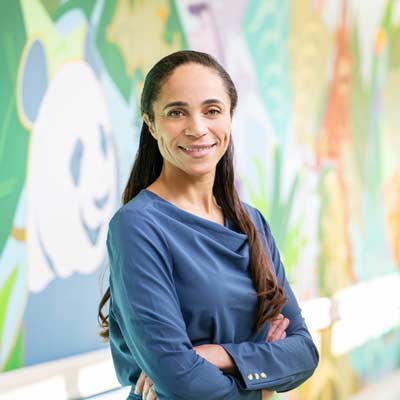
Four Things You Should Know Before Your Young Athlete Returns to Sports
Playing sports has plenty of physical and mental benefits: It can improve health, boost your mood, offload stress, reduce anxiety and build confidence. But for months, children and teens have been missing out on organized sports due to COVID-19. When…
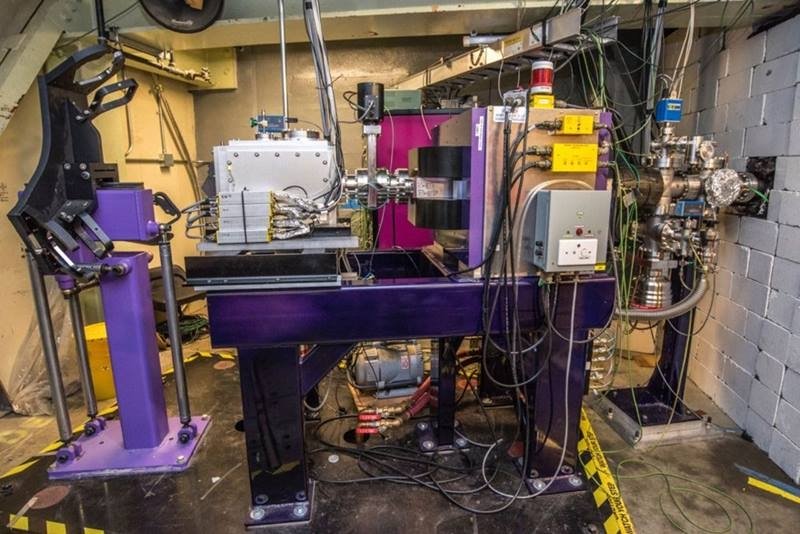
Isotope Discovery Continues: Mass Identification Confirms Production of a New Isotope of Mendelevium
Neighboring isotopes of the heaviest elements often have very similar properties. To differentiate these isotopes by their differing masses, scientists use a device called FIONA (For the Identification of Nuclide A) to measure the masses of heavy-element isotopes. For the first time, scientists have used FIONA to discover a new heavy-element isotope, mendelevium-244.
American Dental Hygienists’ Association to host first-ever, all-virtual Dental Hygiene Leadership Summit, January 15-16, 2021
The American Dental Hygienists’ Association (ADHA) is proud to partner with Sunstar Americas, Inc., DentaQuest Partnership for Oral Health Advancement, Henry Schein Dental, the dental division of Henry Schein, Inc. and Henry Schein One for an all-virtual, national event designed to support dental hygienists facing significant challenges and changes in their professional roles.
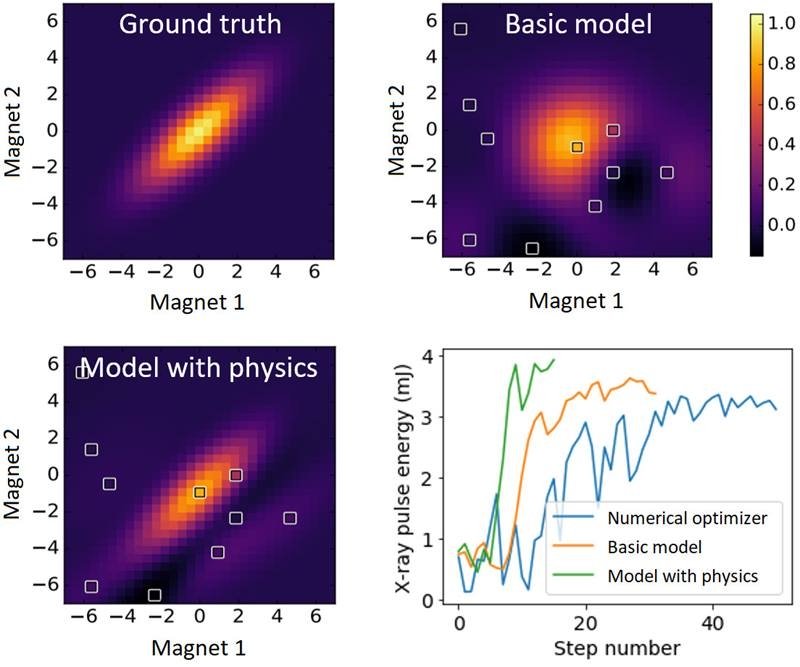
Machine Learning Trims Tuning Time for Electron Beam by 65 Percent
Linear accelerator operators use computer algorithms to automate some parts of the machine tuning process. These algorithms make fast decisions, but they have not previously incorporated fundamental physics or learned from past mistakes. A new machine learning algorithm learns both from experience and physics simulations to reduce the time needed for a part of the machine tuning process by 65 percent.
One psychedelic experience may lessen trauma of racial injustice
A single positive experience on a psychedelic drug may help reduce stress, depression and anxiety symptoms in Black, Indigenous and people of color whose encounters with racism have had lasting harm, a new study suggests.
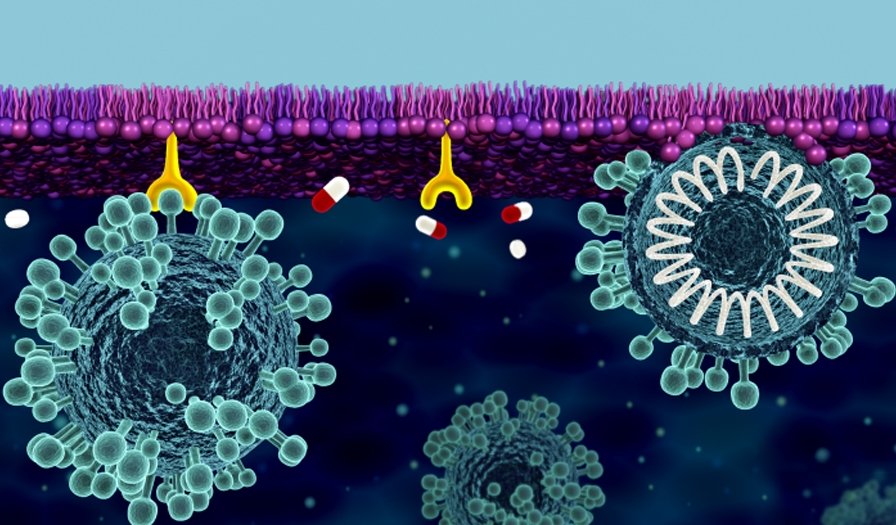
Mobilizing Science to Tackle COVID-19
Responding to COVID-19 has required a huge coordinated effort from the scientific community. The Department of Energy’s Office of Science has spearheaded several scientific efforts, including the National Virtual Biotechnology Laboratory.